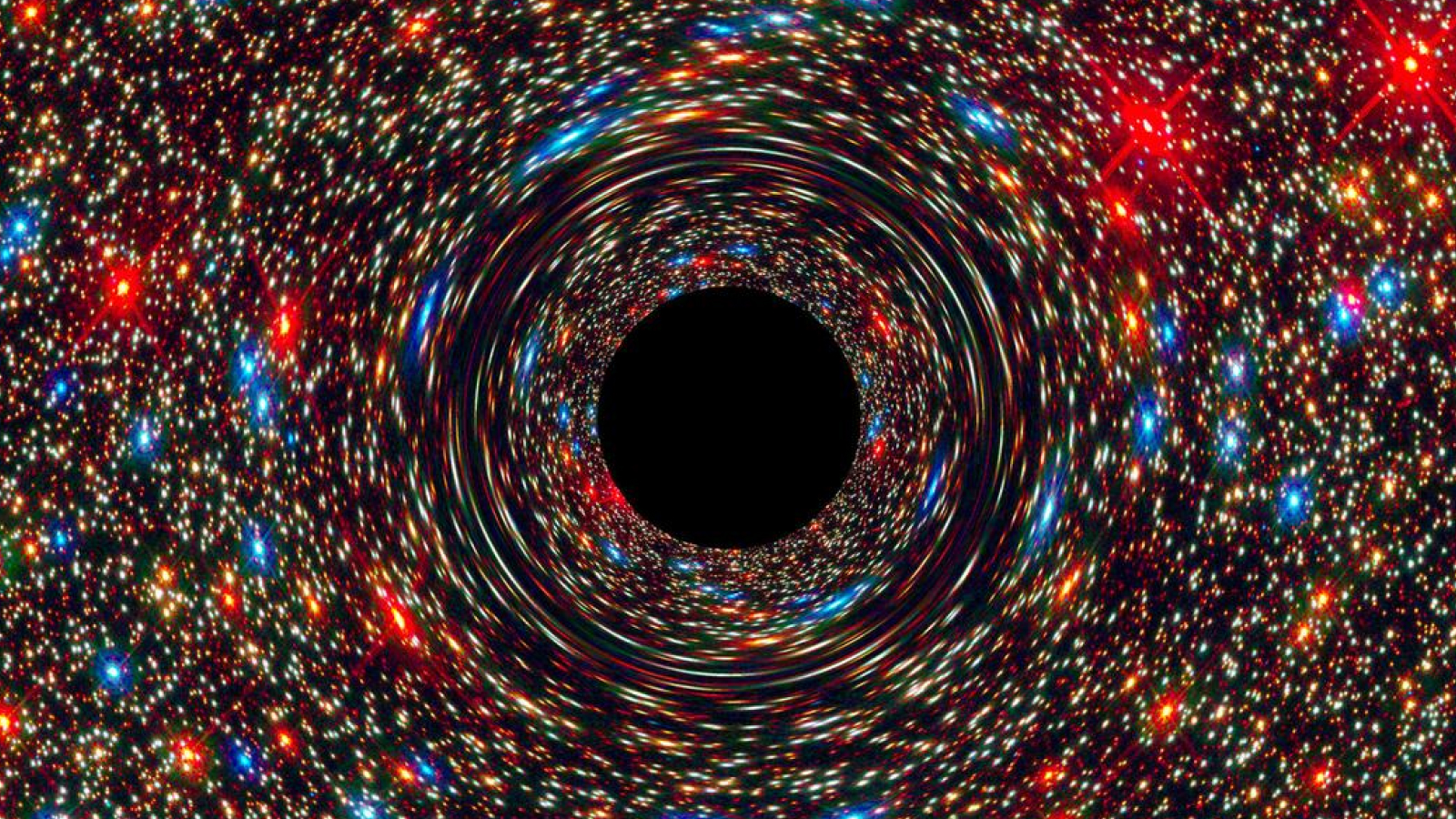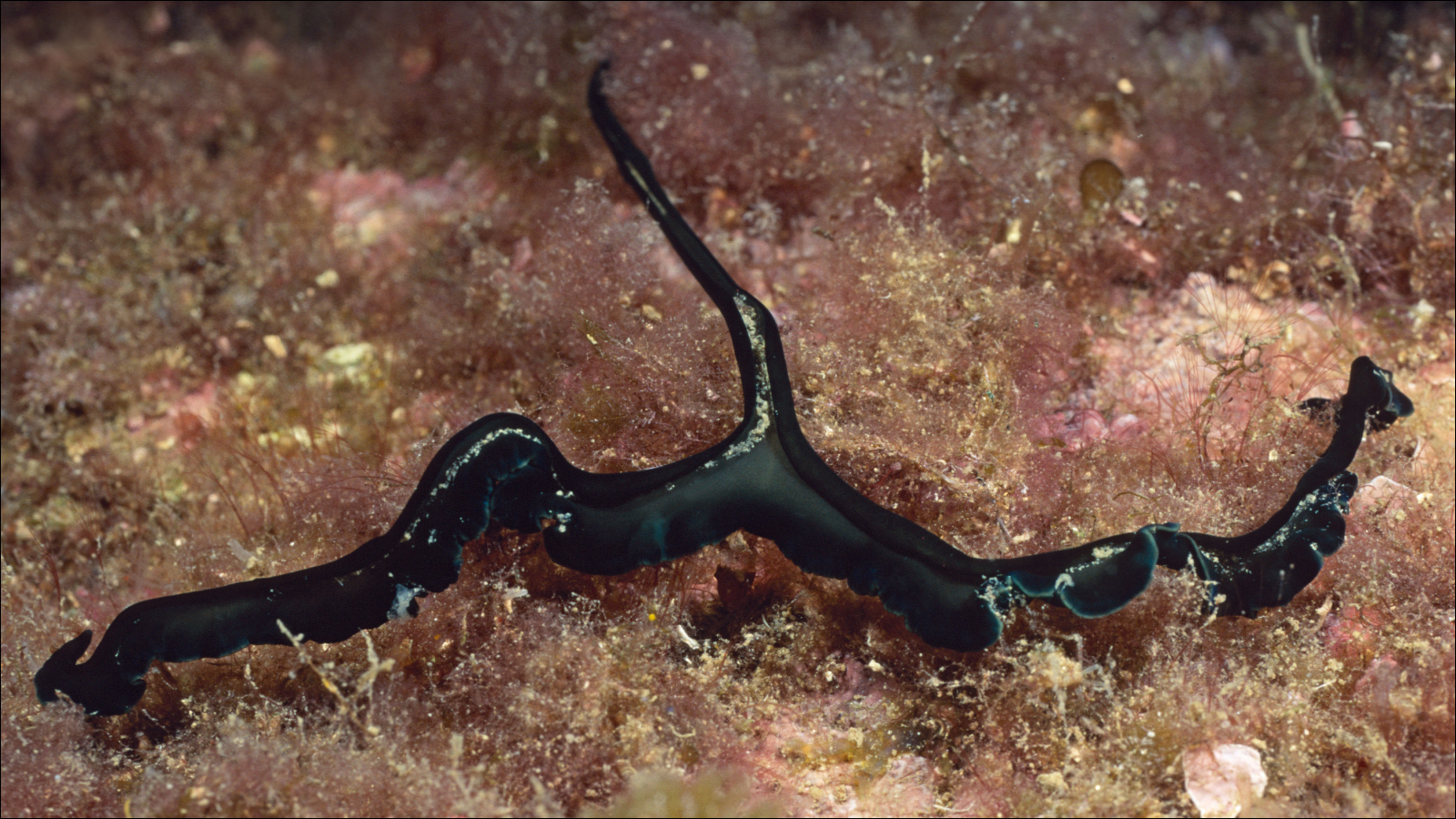A pioneering new initiative, Rebalancing Regional and Remote Australia, has been proposed by an international team of experts to tackle climate change while fostering sustainable community development. Led by Dr. Alberto Troccoli of the World Energy & Meteorology Council (WEMC), the strategy envisions transforming approximately 25% of Australia’s landmass into a global carbon sink, capable of sequestering up to 4 gigatonnes of CO2 equivalent annually.
The bold and visionary strategy integrates advanced renewable energy technologies, regenerative agriculture, and nature-based climate solutions to create sustainable communities. It starts with a pilot project for a community of 100,000 residents, laying the groundwork for scaling up across Australia.
The strategy combines innovative approaches to energy, water, and agriculture, with a strong focus on ecological restoration and community resilience.
Key Objectives of the Strategy:
- Transform 2 million km² of Australia’s semi-arid and arid land into sustainable ecosystems.
- Develop renewable-powered desalination plants to address water scarcity.
- Promote innovative agricultural techniques like agrivoltaics to optimise land use.
- Build resilient, thriving communities that harmonise with their environment and withstand climate extremes.
“This project represents a significant leap in addressing Australia’s unique climate challenges and will contribute to the reduction of global carbon emissions,” said Dr. Troccoli, Managing Director of WEMC and lead author of the strategy. “Our holistic approach to land restoration, clean energy, and social well-being offers a blueprint for other nations to follow.”
Professor Christian Breyer of LUT University in Finland, co-author of the paper, emphasised the importance of combining renewable energy with nature-based solutions: “Our approach leverages the full potential of solar and wind energy while enhancing biodiversity and ecosystem health. It’s a clear win-win, aligning economic growth with environmental stewardship.”
Professor Roger Stone of Speedbird Climate, Australia, highlighted the broader implications: “By reimagining how we use Australia’s vast landscapes, we can start to address some of the world’s most pressing climate challenges at a global scale while revitalising local regional and remote communities.”
Professor Ugo Bardi, a member of the Club of Rome, added: “This project aligns with the core ideas of world-modelling developed by The Club of Rome over the past decades. By simultaneously generating clean energy, decarbonising our systems, and restoring the natural environment, we create self-reinforcing cycles that benefit both ecosystems and economies.”
The project team envisions this strategy as a suggested model for integrated planning to address global climate change, balancing economic, environmental, and social benefits. Further feasibility studies are planned, with the Rebalancing Regional and Remote Australia initiative potentially becoming a cornerstone of global efforts to meet the Paris Agreement’s and UEA’s consensus climate targets.
Reference: Troccoli, A., Stone, R., Bardi, U., Breyer, C. and Henggeler, C., 2024. Rebalancing Regional and Remote Australia: a vision for a global carbon sink while creating sustainable communities. Environmental Research Letters, 19(11), p.111003. DOI 10.1088/1748-9326/ad78ea
The post Visionary strategy aims to transform Australia into a global carbon sink through sustainable regional and remote communities appeared first on Club of Rome.

 1 week ago
5
1 week ago
5


